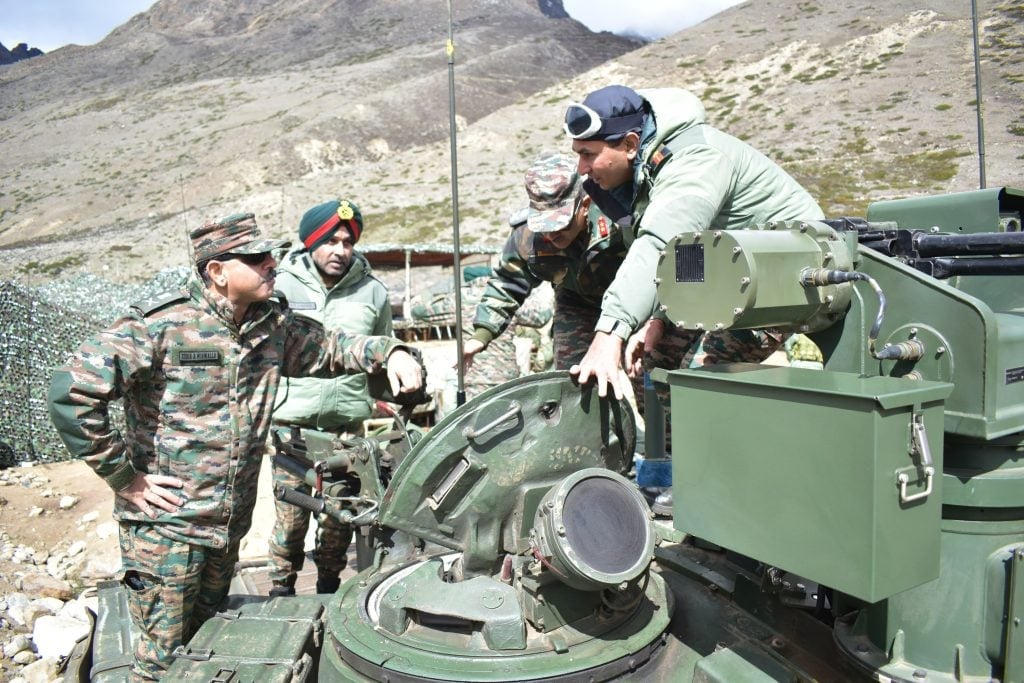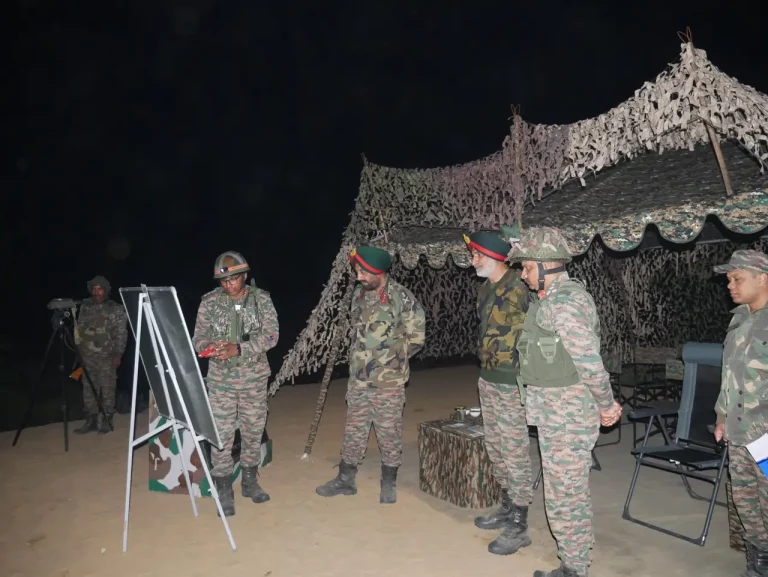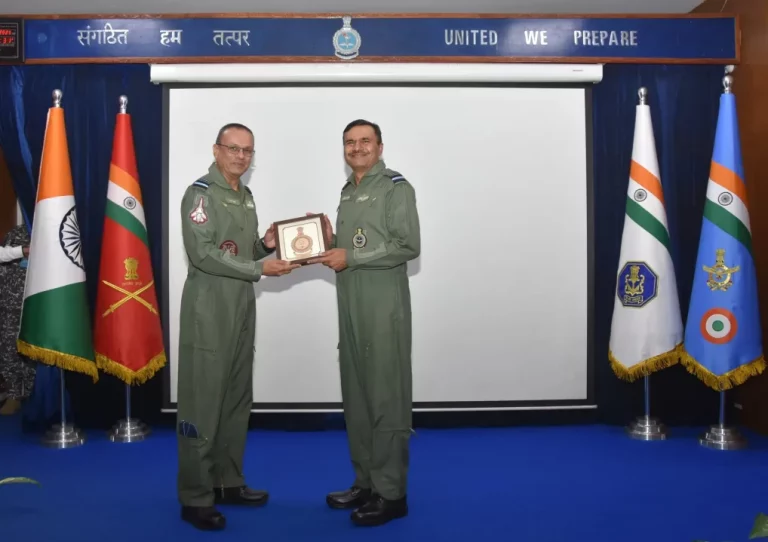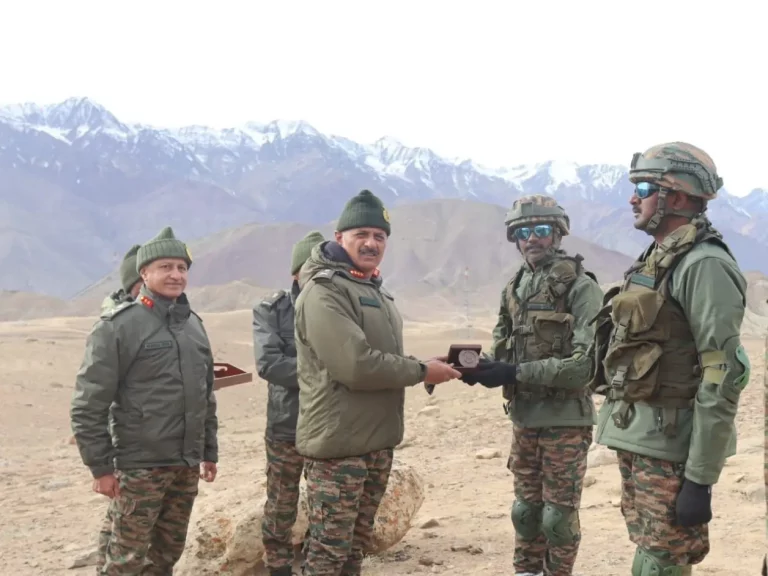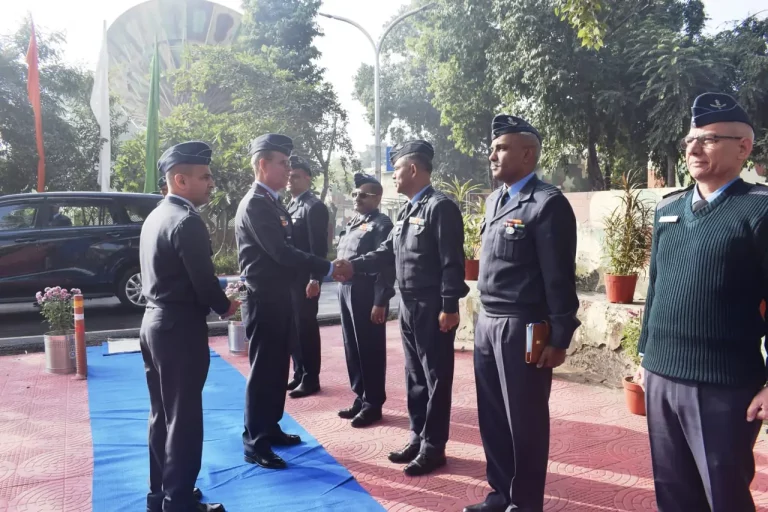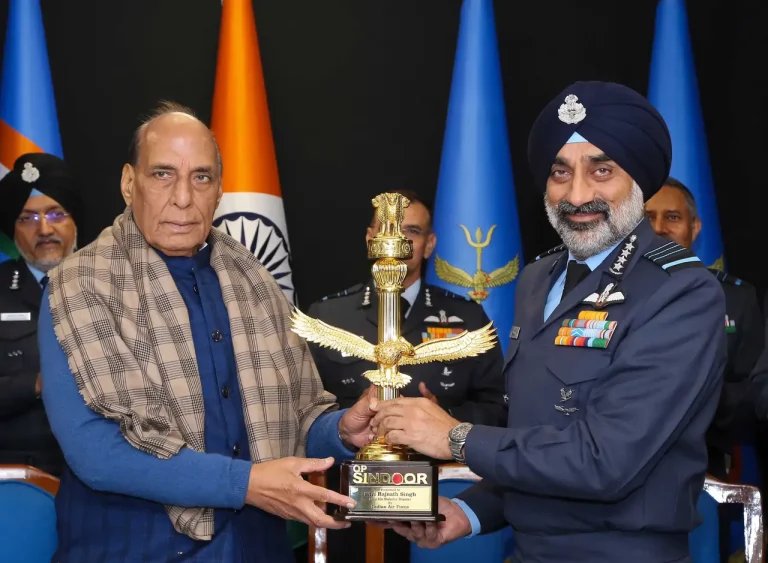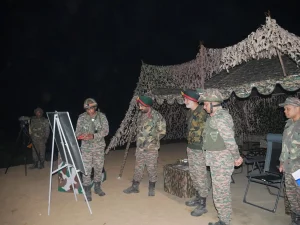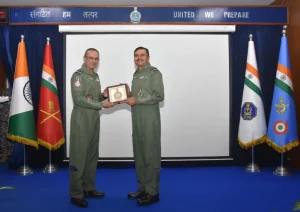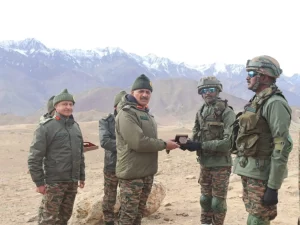In a demonstration of India’s steadfast commitment to securing its eastern borders, Lieutenant General Zubin A. Minwalla, the General Officer Commanding (GOC) of the Indian Army’s Trishakti Corps, recently visited forward posts in the high-altitude region of North Sikkim. This visit aimed to assess both the operational readiness of troops and their morale amidst the demanding conditions.
During his tour, Lt. Gen. Minwalla engaged directly with soldiers stationed in the region, evaluating their combat preparedness and inspecting modern military assets, notably the T-90 tanks that are strategically positioned in this challenging terrain. The sight of these tanks, set against a backdrop of snow-draped landscapes, underscored the Indian Army’s capability to deploy heavy weaponry even in extreme weather conditions.
The Trishakti Corps, which is based in Sukna, West Bengal, plays a crucial role in safeguarding India’s eastern sector, particularly the sensitive Sikkim frontier and the strategically important Siliguri Corridor. This corridor, often referred to as the “Chicken’s Neck,” serves as a vital land link to India’s northeastern states and is considered a critical chokepoint in potential conflict scenarios with China.
Comprising elite divisions such as the 17th Mountain Division in Gangtok, the 20th in Binnaguri, and the 27th in Kalimpong, the Corps has been at the forefront of modernizing its capabilities and enhancing high-altitude combat readiness. Recently, in March 2025, the Corps conducted a month-long live-firing exercise that emphasized essential aspects like night warfare, precision targeting, and drone-assisted reconnaissance, thereby boosting its battle preparedness for real-world scenarios.
This visit occurs against the backdrop of increased military activity by China in Tibet, a development that coincides with a history of confrontations along the Line of Actual Control (LAC). Past skirmishes in 1962, 1967, and several tensions in the last two decades have heightened the need for robust defensive measures. In response, the Indian Army has strengthened its posture through modernization initiatives and the leveraging of local expertise.
Integral to this localized strategy is the Sikkim Scouts regiment, established in 2015, which comprises soldiers well-versed in the unique terrain and regional dynamics. This regiment plays a vital role in intelligence gathering and logistical support across the challenging Himalayan landscape, enhancing the overall effectiveness of the armed forces deployed in the region.
Since taking command in June 2024, Lt. Gen. Minwalla has placed a strong emphasis on frontline preparedness and troop welfare. His recent visit not only highlighted the strategic significance of the area but also reaffirmed the Army’s unwavering dedication to national security, embodying the principle of “Nation First.”
The Indian Army continues to maintain vigilant oversight of developments along the LAC, ensuring the security of every inch of Indian territory, driven by the commitment and resilience of its soldiers operating in one of the most arduous environments globally.
